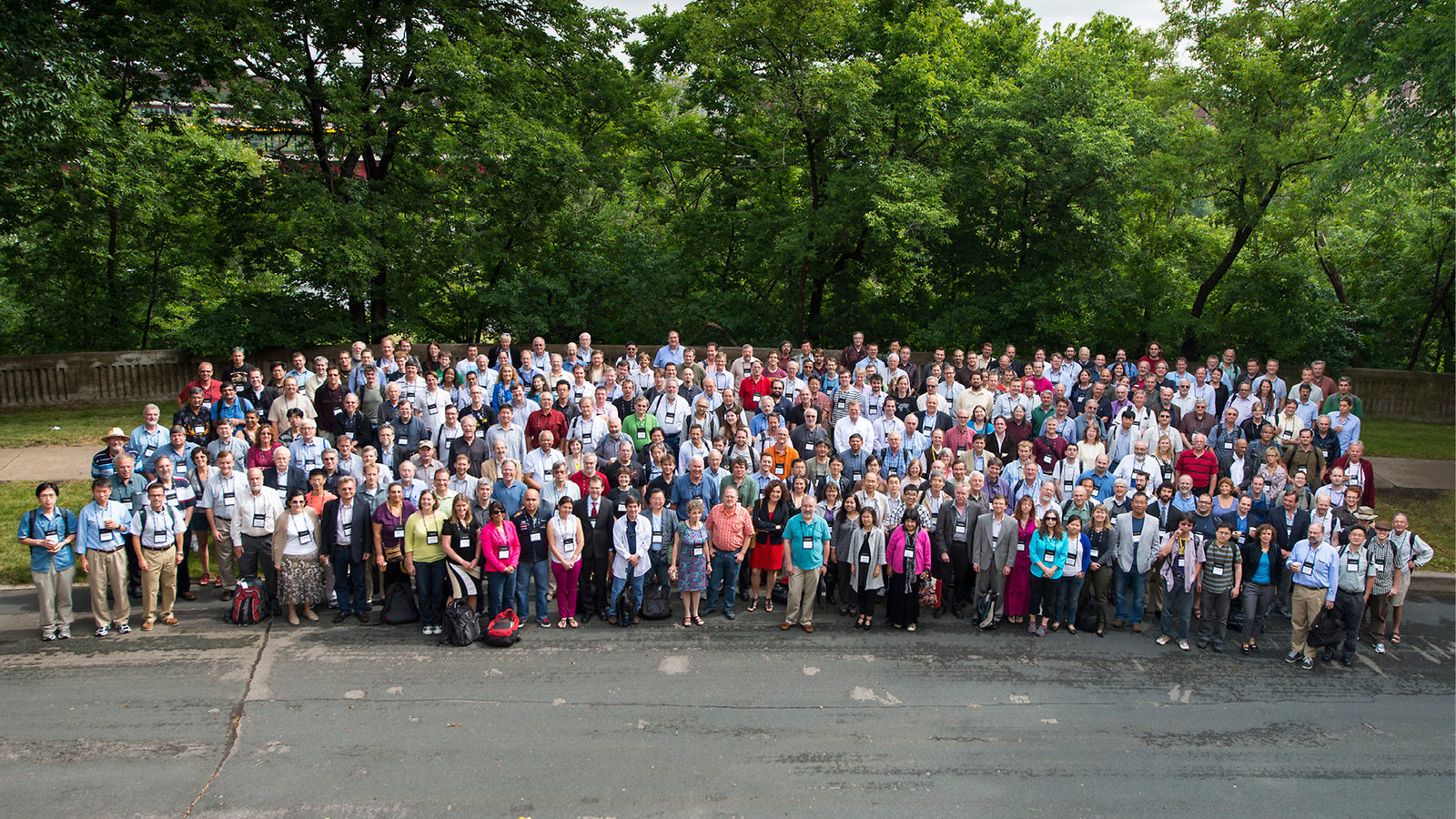This summer, more than 700 particle physicists from nearly 100 universities and laboratories across the United States came together on the University of Minnesota’s Twin Cities campus to discuss the decades ahead in US particle physics. After more than nine months of preparation and input from collaborators around the world, these experts spent nine days dreaming big about the next steps in their studies of energy, matter, space and time.
Symmetry was there for the innumerable discussions and in-depth presentations, which started early in the morning and ran until very late at night. From these planning efforts—known within the particle physics community as the “Snowmass Community Summer Study” after the Colorado location of previous summer studies—came the most recent issue of symmetry.
We hope that this issue conveys the excitement for the many opportunities for discovery in particle physics that was palpable everywhere we turned at the Minneapolis meeting.
Assembling the menu of the most important scientific questions and potential ways of answering them was the first step. Now comes the setting of priorities and a clear path forward. In the coming months, members of the Particle Physics Project Prioritization Panel—a subpanel of the High Energy Physics Advisory Panel—will study the Snowmass report, seek input from all stake-holders and, early next year, present an updated strategic plan for future US particle physics investments over the next 10 years, in the context of a 20-year global vision for the field.
While much has been discovered in the past decades, many mysteries remain. Together with our readers and the rest of the symmetry team, I look forward to the surprising discoveries the next decade will bring.



